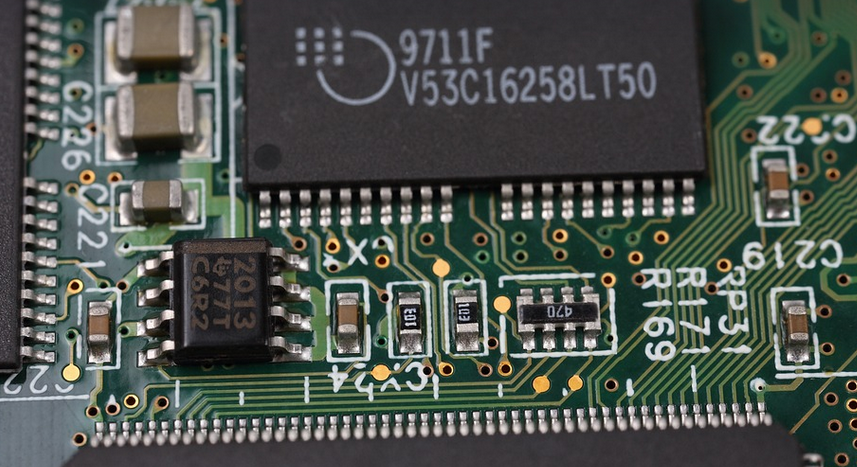A Journey Through the Scientific Process
You know that feeling when you’re trying to solve a particularly tricky puzzle? Every piece seems out of place, and you just don’t know how it all fits together. Well, the scientific method is kind of like that – but instead of pieces, we have questions, experiments, and observations. It’s a systematic journey towards understanding the world around us.
At its heart, the scientific method is about asking questions, exploring possibilities, testing theories, and ultimately seeking to understand how things work. Imagine you find yourself with an intriguing question about why ice melts faster in warm water than in cold water. You can’t just guess; you need a systematic approach to get to the bottom of it.
That’s where the scientific method becomes your trusty guide, offering a structured path for unraveling complex phenomena like this one. It helps us move from curiosity to knowledge, and empowers us to make meaningful discoveries in all fields of research.
So how exactly does this process unfold? Let’s break down the steps into manageable chunks:
**1. Observing the World Around Us:**
Before diving into the details, it’s crucial to pay attention to your surroundings. How are things behaving? Are there patterns or trends that catch your eye? This step helps you pinpoint a specific problem or question that needs answering.
Take that question about why ice melts faster in warm water. You might have seen this happen before as a child. Perhaps you’ve noticed how quickly ice cubes melt on a sunny day compared to when they are left in the refrigerator! This observation forms our initial idea of what we want to investigate.
**2. Formulating a Hypothesis:**
Once you notice something intriguing, it’s time to put your thinking cap on and craft a plausible explanation for the observed phenomenon. This is where your hypothesis comes in; this is essentially an educated guess about what might be causing the phenomenon. It’s like putting together a puzzle piece that fits perfectly with the rest.
For our ice melting example, you might form a hypothesis: “The warmer water contains more energy to break down the bonds holding the ice crystals together.” This hypothesis is just a starting point, and it will be tested using experiments.
**3. Designing Your Experiment:**
Now we’re ready to put our hypothesis to the test! The scientific method requires us to create a controlled experiment to see if our hypothesis holds true. We need to define variables, measure things carefully, and control for potential influences as much as possible. This step ensures that we can draw accurate conclusions from our findings.
For example, say you want to compare the melting rates of ice cubes in two different temperatures: “warm water” and “cold water”. You’d need to design an experimental setup with two containers of identical size, one filled with warm water and the other with cold water. Then you can place ice cubes into each container, record the time it takes for them to melt completely, and compare the results.
**4. Collecting Data:**
Time to get hands-on! This step is all about gathering reliable information during your experiment. We’re talking precise measurements, meticulous observations, and documenting everything in a clear way. Think of it as a detective meticulously gathering evidence.
The time you measure is the measurement of the melting ice cubes. You would record your observations in a table or graph, noting down the temperature, time, and any other relevant details.
**5. Analyzing Data:**
Now it’s time for some critical thinking! Your data needs to be analyzed to see if it supports or challenges your hypothesis. We are looking for patterns and trends that will help us draw conclusions.
In the example above, perhaps when you compare the times it takes for ice cubes to melt in warm water versus cold water, you find a clear difference, suggesting that the warmth of the water does indeed accelerate the melting process.
**6. Drawing Conclusions:**
“Aha!,” you say after analyzing your data. You have gathered enough evidence to support or refute your hypothesis. This step is where we translate our findings into meaningful conclusions – something we can share with others. We are also able to draw conclusions about why the ice melts faster, depending on what you notice.
**7. Communicating Results:**
The final stage in this journey involves sharing your results with others! You might write a report, make a presentation at a conference, or publish your findings in a scientific journal to contribute to the broader understanding of science. This helps other scientists build on your work and explore new discoveries.
So there you have it – the journey through the scientific method, a systematic and methodical approach to unraveling mysteries and uncovering knowledge about the world around us. It’s not always easy, but with each step, we move closer to understanding the complexities of our universe.
